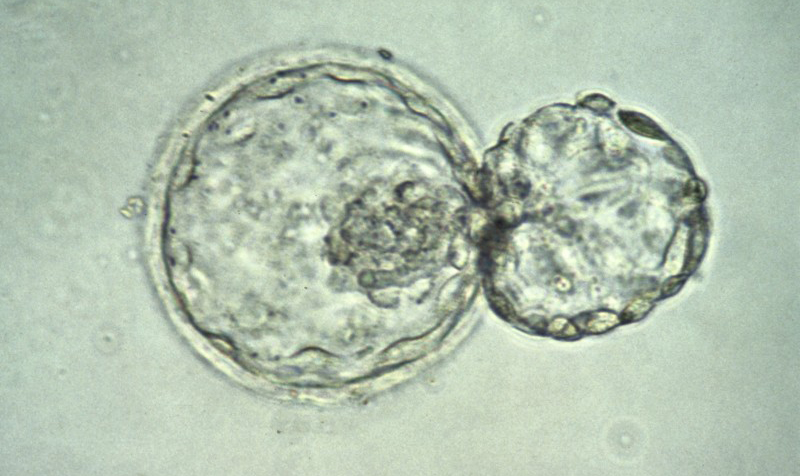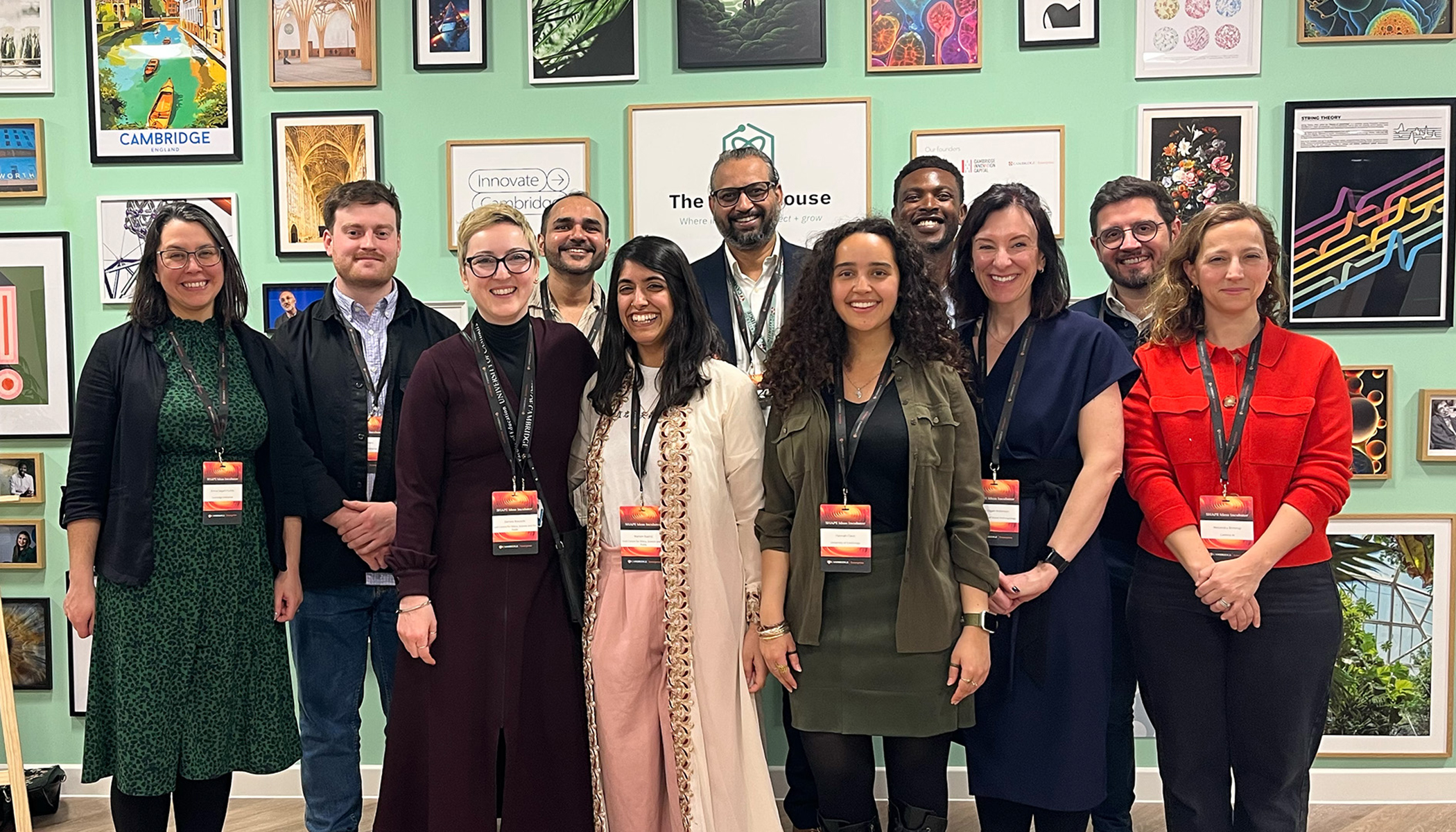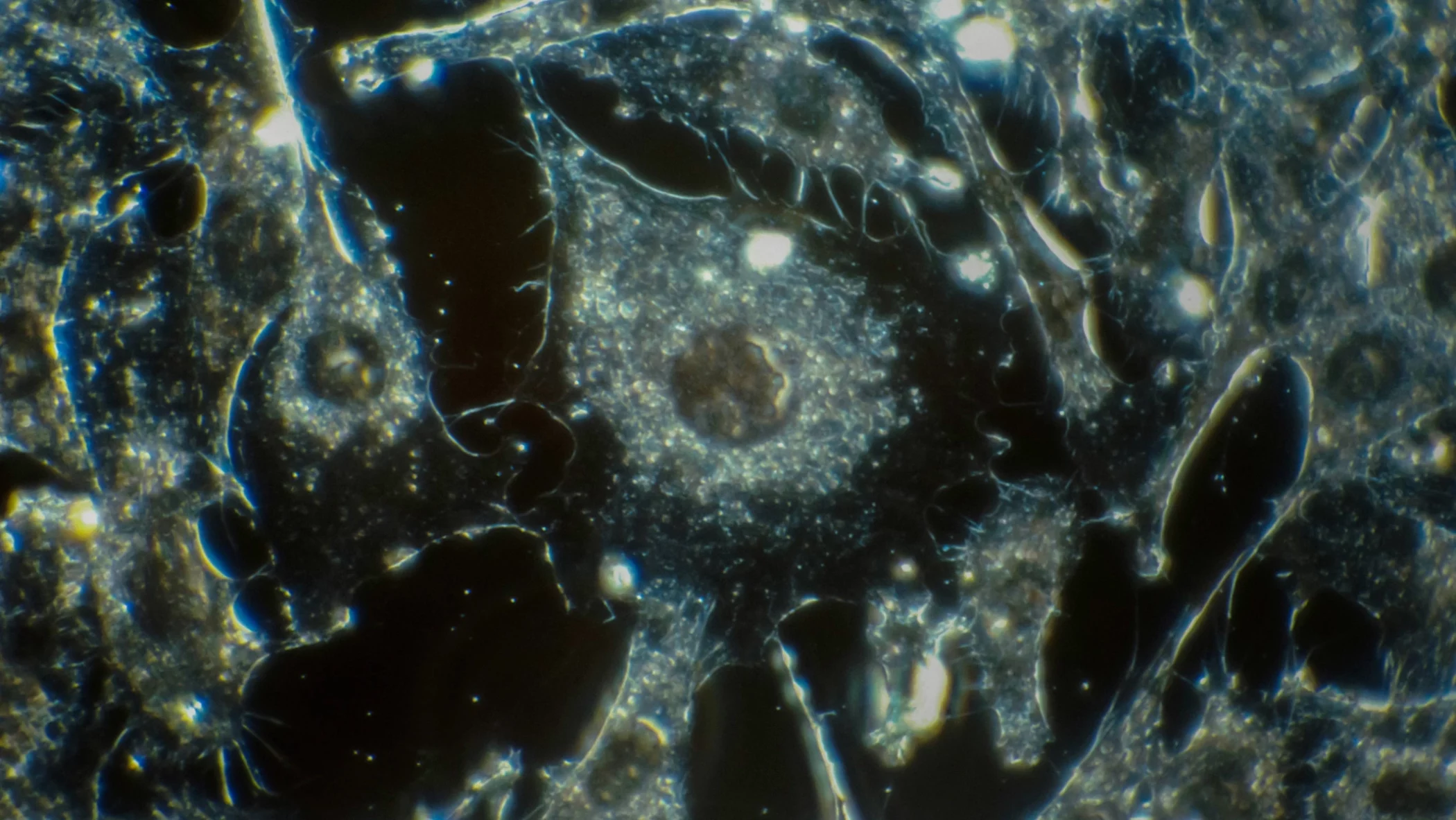The chromosome screening technology developed by BlueGnome, founded in 2002 with funding from Cambridge Enterprise, has been shown to increase in vitro fertilisation (IVF) success rates by 65% over current methods, according to a study published last week in the Journal of Molecular Cytogenetics.
Around half of all human embryos stop developing before the blastocyst stage at day five of development. As a result, many patients undergoing IVF treatment are implanted with many embryos at once, increasing the risk of multiple pregnancies.
In order to reduce the number of multiple pregnancies, some IVF clinics use single embryo transfer (SET) instead. SET is not widely used however, and its overall lower pregnancy rate underscores the need for improved screening techniques to select the best embryo for transfer.
This study provides crucial evidence that 24 chromosome aneuploidy screening, using 24sure, can offer a dramatic benefit to IVF success rates.
Nick Haan
BlueGnome’s 24sure platform, launched in 2009, screens human embryos for chromosomal abnormality (aneuploidy), which is a major cause of miscarriage and IVF failure. Chromosome abnormality rates in young patients can be up to 40%, and up to 70% in patients over the age of 40.
The 24 sure platform was used in a randomised study of 103 IVF cycles in order to select the most viable embryos. In the study, conducted by researchers at the Pacific Reproductive Center in Torrance, California, 24sure was used to screen embryos at the blastocyst stage and select a single embryo for transfer. For the 55 patients in the treatment group, 69.1% were pregnant at 20 weeks, compared with 41.7% for the 48 patients in the control group, whose embryos were selected using existing methods. This extremely promising result provides direct evidence that 24sure analysis can deliver a 65% increase in pregnancy rates, even in younger patients with more favourable IVF outcomes. Further randomised studies are currently underway.
“This study provides crucial evidence that 24 chromosome aneuploidy screening, using 24sure, can offer a dramatic benefit to IVF success rates,” said Nick Haan, CEO of BlueGnome. “While further studies are still needed, this result is incredibly exciting because it indicates for the first time that 24 chromosome screening and single embryo transfer has the potential to become the default standard of care for all IVF cycles.”
BlueGnome was founded in 2002 with funding from Cambridge Enterprise.
Photo credit: Human blastocyst hatching, by Wellcome Images via flickr
Tags: 24sure, aneuploidy, blastocyst, BlueGnome, embryos, IVF, nick haan, pregnancy











